
views
How to Tell Peaches Are Ripe
The peach has a bit of give when gently squeezed. The best way to tell if a peach is ripe is to give it a light squeeze with your fingers. If the fruit has a bit of give and softness, and your fingers make a light indentation in the skin, the peach is ready to eat. If the peach feels very hard and firm, that means it’s unripe. But don’t worry, peaches continue to ripen once they’re picked! We’ll go over easy ways to ripen peaches below. If the peach feels very soft and squishy, it’s probably overripe. Luckily, there are plenty of tasty ways to use overripe peaches, which we’ll explain below. Be careful not to press the peach too hard, as the fruit bruises very easily.
The peach is fully yellow with no green skin showing. When visually checking a peach’s ripeness, look at its background color, not the spots of red blush on top of the skin. A ripe peach is fully dark yellow with no spots of green or yellow-green skin showing. If you’re shopping for white peaches, the skin should be a cream or whitish-yellow color with no green areas. The spots of red on a peach are simply areas where the peach was hit with direct sunlight. So, they’re not great indicators that the peach is ripe. Note: Some types of peaches develop solid red skin as they ripen, so check which peach variety you have to best determine its ripeness.
The peach has a sweet and fruity aroma. Most peach varieties start to emit a noticeable sweet odor as they ripen. If the fruity and pleasant aroma is strong when you sniff the peach, it’s good to eat. In general, peaches that have no smell lack flavor and sweetness.
The peach has a round and full shape. Peaches start to get rounder as they ripen and fill up with water and sugar. So, look for a peach that has a round, circular shape and full sides; this means it is sweet and juicy.
When to Harvest Peaches
Pick peaches when they're yellow, slightly hard, and detach from the branch. If you’re harvesting peaches from the tree, wait until the fruit turns yellow and loses any tinges of green. Since the fruit continues to ripen once it’s picked, select peaches that are firm without any give. Just make sure they easily separate from the branch, as this is a sign they’re fully mature. If it’s difficult to get them off the branch, let them ripen on the tree for a bit longer. Ensure the peaches are nice and round and give off a sweet aroma before picking them off the tree, too. Peaches ripen at different times on the tree, so you won’t pick all of the peaches at the same time. It usually takes 3 to 5 pickings to harvest all the peaches from your tree. If you prefer softer peaches, it’s perfectly fine to keep the fruit on the tree until it gives a little when you press it.
How to Ripen Unripe Peaches
Keep unripe peaches on the counter at room temperature. According to nutrition-focused professional chef Jerran Boyer, “the best way to ripen [peaches] is to store [them] at room temperature for a few days.” Simply place the peaches stem side down on your kitchen counter until they’re soft to the touch. Keep the peaches out of direct sunlight and away from sources of heat, as this can cause them to ripen too quickly and go bad. How long does it take the peaches to ripen? Most firm peaches ripen in 3 to 5 days when left on the counter at room temperature.
Speed up ripening by placing the peaches in a paper bag. If you’re antsy to enjoy your peaches, simply stick them in a paper bag and set them on your kitchen counter at room temperature.
Peaches naturally emit ethylene gas, which causes them to ripen. So, placing them in a bag traps the gas so the fruit is exposed to more, effectively speeding up the ripening process. Make sure to keep the peaches away from direct light and heat so they don’t spoil. Do not place the peaches in a plastic bag, as plastic bags trap moisture and air, which can cause the peaches to go bad quickly. How long does it take the peaches to ripen? Most firm peaches ripen in 1 to 2 days when stored in a paper bag at room temperature.
How to Store Peaches
Keep ready-to-eat peaches on the counter at room temperature. If you plan to eat your ripe peaches quickly, simply place them stem side down on your counter and arrange them so they’re not touching each other. Just make sure they’re out of direct light and stay at room temperature so they don’t spoil quickly. Ripe peaches typically keep well on the counter for 1 to 2 days. Storing the peaches stem side down so they don’t touch each other prevents bruising, as peaches tend to bruise easily.
Store ripe peaches in the fridge if you’re not ready to eat them. If you have a lot of ripe peaches that you know you won’t eat within 1 to 2 days, keep them in your fridge. The cooler temperatures slow down ripening, prolonging the fruit’s shelf life. Simply place the peaches in a single layer in your refrigerator’s crisper drawer or on a shelf. Ripe peaches usually keep well in the fridge for 3 to 7 days. If possible, store the peaches away from other ethylene-producing fruits (like plums, pears, apples, cantaloupe, etc.) so they don’t ripen too quickly.
Freeze sliced peaches to store them for longer. If you have a lot more peaches than you can eat, freezing them is a great option. Wash the peaches and peel off the skin. Then, cut the peaches into slices. Layer the slices on a lined baking sheet and stick them in the freezer for a few hours until frozen solid. Then, transfer the frozen slices to a freezer-safe plastic bag or storage container. Frozen peaches usually keep well for about 3 months. Write the date you froze the peaches on the bag or container so you know how long the fruit is good for. Tip: Squeeze a bit of lemon juice onto the peaches before you freeze them. This helps the fruit maintain its color and quality. Use the peaches in baked goods, desserts, smoothies, and drinks the same way you would with fresh peaches. You can use them frozen or allow them to thaw in the fridge overnight.
What to Do with Overripe Peaches
Use overripe peaches in baked goods, smoothies, and sauces. If your peaches ripened a little too long and are too mushy to eat plain, never fear. As long as there are no visible signs of mold, overripe peaches are still safe to eat and taste delicious in recipes like: Peach pie Peach cobbler Peach crisp or crumble Peach ice cream or sorbet Peach upside-down cake Fruit smoothies Peach salsa Peach marinade Spicy peach glaze Peach jam Peach syrup
Frequently Asked Questions
Can you eat a peach that’s unripe and hard? Yes, it is safe to eat peaches when they aren’t ripe. In fact, some people prefer eating firm peaches that have a bit of a crunch instead of soft, ripe peaches. Just know that unripe peaches aren’t as flavorful, sweet, and juicy as ripe peaches.
When should you not eat a peach? You shouldn’t eat peaches that are moldy, smell sour, or feel overly soft, as these are signs that they’re rotting and have gone bad. You might not want to eat overripe peaches that are heavily bruised plain, as the super soft texture can be unpleasant. However, you can still use overripe peaches in other recipes.
What month is it best to eat peaches? Peach season is in the summer and usually spans from June to September, with peak production in July and August. However, this can differ depending on where you live. So, look up when your area experiences peak peach season.










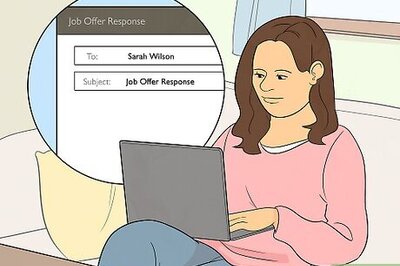

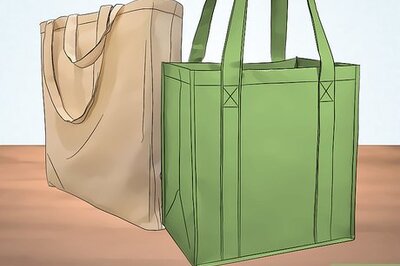
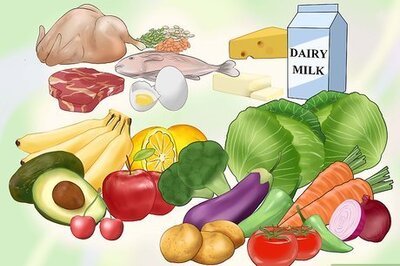
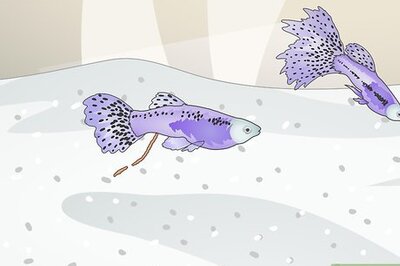

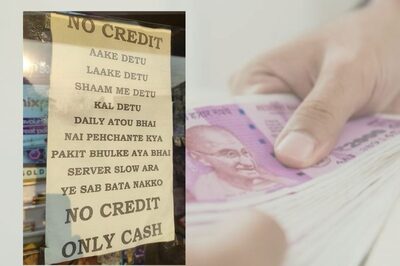

Comments
0 comment